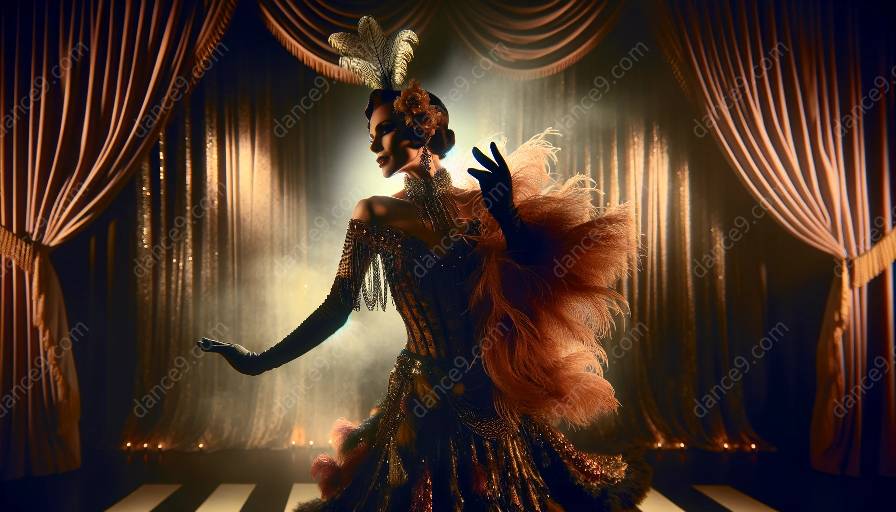Burlesque in the performing arts, particularly in the realm of dance, holds tremendous cultural significance and relevance. This art form, characterized by humor, satire, and extravagant performances, has a fascinating history and has made a lasting impact on modern dance classes.
The History of Burlesque
Burlesque has its origins in the 17th century and has undergone various transformations over the centuries. Initially, it was a form of entertainment that parodied serious works, often incorporating elements of comedy, music, and dance. It experienced a revival in the 19th century as a risqué and comedic form of entertainment, featuring elaborate costumes and performances.
The 20th century saw the art of burlesque embracing a more sensual and provocative nature, with renowned performers such as Gypsy Rose Lee and Sally Rand captivating audiences with their charismatic dance routines. This phase of burlesque was a precursor to modern striptease acts and significantly influenced the development of popular dance movements.
Influence on Dance
Burlesque's influence on dance is undeniable. The art form's flirtatious and theatrical elements have seeped into the realms of contemporary and jazz dance, inspiring choreographers and dancers to incorporate elements of burlesque into their routines. The fusion of burlesque with dance has led to the creation of unique and expressive performances that challenge traditional norms and celebrate sensuality and individuality.
Moreover, burlesque's emphasis on storytelling and character portrayal has influenced the narrative aspects of dance performances. Dancers who train in burlesque often develop a deeper understanding of portraying emotions and personas, which enhances their overall dance skills and stage presence.
Embracing Diversity and Empowerment
Beyond its artistic influence, burlesque has played a pivotal role in promoting inclusivity and empowerment within the performing arts. It has provided a platform for individuals of all body types, genders, and backgrounds to express themselves creatively, fostering a sense of acceptance and community among performers and audiences alike. This inclusive ethos has made burlesque an empowering art form that encourages self-expression and challenges societal standards of beauty and performance conventions.
Cultural Impact of Burlesque in Dance Classes
In contemporary dance classes, the cultural relevance of burlesque is evident in the incorporation of its expressive and theatrical elements. Aspiring dancers are increasingly exploring the fusion of burlesque with traditional dance styles, embracing the art form's celebration of individuality and sensuality. Furthermore, the principles of storytelling and character portrayal learned from burlesque training have enriched the artistic development of dancers, fostering a deeper connection between performers and their audiences.
The Future of Burlesque in Performing Arts
Looking ahead, the cultural relevance of burlesque in the performing arts, especially in dance, appears to be on an upward trajectory. With its emphasis on empowerment, diversity, and creativity, burlesque continues to captivate audiences and inspire new generations of dancers. As it continues to evolve and adapt to contemporary tastes, it is poised to maintain its status as a provocative and cultural force in the realm of dance.













































































